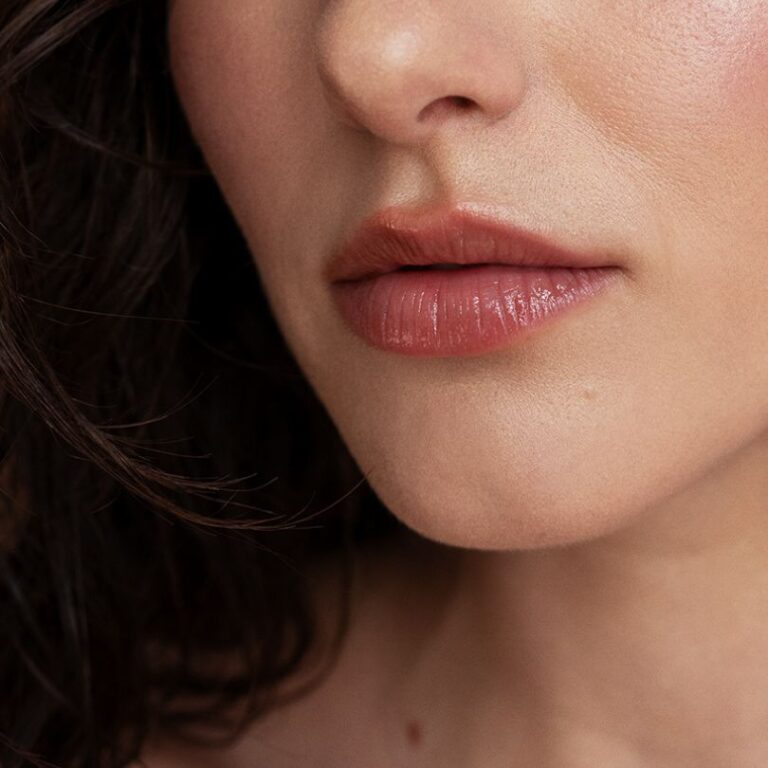Lip augmentation is one of the most popular aesthetic treatments among people aged 25-35, largely influenced by social media. Before making your decision, it’s essential to be well-informed about the techniques used, medical recommendations, and potential side effects. Here’s a complete guide to help you make an informed choice.
1. Which filler is recommended for lip augmentation?
The most commonly used fillers are those made with hyaluronic acid, a naturally occurring component in the body. Among them, Juvéderm Ultra Plus is ideal for adding volume, while Juvéderm Volbella is better suited for redefining the lip contour and smoothing fine lines while maintaining a natural and balanced appearance.
2. What’s the difference between dermal fillers and neuromodulators like Botox?
Unlike fillers, which add volume, Botox (botulinum toxin) works by relaxing the muscles to smooth wrinkles. It cannot be used to enhance lip volume, but it can help reduce the appearance of fine lines around the mouth.
3. What are the different injection techniques?
Lip augmentation can be performed using two main techniques:
- Needle injections: Ideal for precise application, particularly for defining the lip contour.
- Cannula injections: Allow for a more even distribution of the product and help reduce the risk of bruising.
The choice of technique depends on the patient’s anatomy and the desired outcome.
4. What questions should you ask your doctor before getting lip fillers?
Before proceeding, be sure to ask your doctor:
- What type of filler will be used?
- What are the possible side effects?
- What injection technique will be used?
- How long will the results last?
Choosing an experienced practitioner ensures a safer treatment and more natural-looking results.
5. Can lip injections cause bruising?
Yes, since the lips are highly vascularized, bruising can occur after injections. To minimize this risk, avoid aspirin, anti-inflammatory medications, alcohol, and cannabis before the procedure. A skilled practitioner will adjust their technique to reduce the chances of bruising.
6. How long does swelling last after lip injections?
The initial swelling typically subsides within 24 to 48 hours, although mild inflammation may last a few days. After two weeks, the final result will be visible.
7. How often should lip fillers be maintained?
The results of lip augmentation typically last between 5 and 12 months, depending on the patient’s metabolism. A touch-up can be done after this period to prolong the effects. If you want additional volume, a second injection can be performed one month after the initial session.
8. Will my lips sag if I stop getting injections?
No. Once the hyaluronic acid is fully absorbed by the body, your lips will gradually return to their natural appearance. The hydration provided by the filler may even persist for a while after the product has been metabolized.
9. Do I need an allergy test before the treatment?
Products like Juvéderm Ultra Plus and Juvéderm Volbella do not require allergy testing. However, your doctor will consider your medical history to determine if any special precautions are necessary.
In short…
Lip augmentation is a safe and effective treatment when performed by a qualified professional. Before moving forward, gather information on your options, ask your doctor all necessary questions, and choose a reputable clinic.
At Epiderma, a medical consultation is mandatory before any treatment to ensure safe and personalized care.
